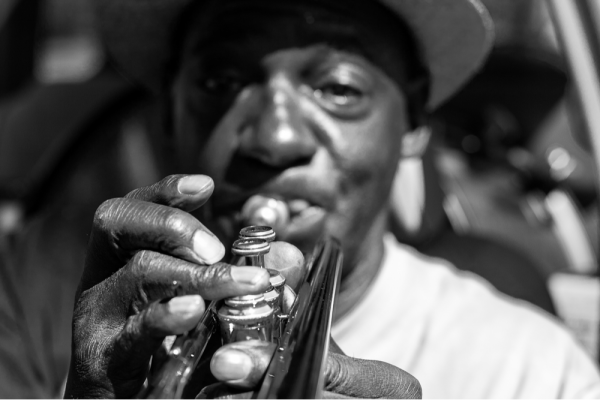Apr 26, 2021
Two important promises I’ve made to myself: I will never again watch a video of a person being lynched by the police and I will not allow my writing to be used in a way that makes Black pain a spectacle.
Read the Full Article

Already a subscriber? Login
